
Wholesale Cement Conveyor Belt Manufacturer Factory
Cement conveyor belts are crucial components in the cement production and processing industry, designed to transport bulk materials efficiently and reliably. They are integral to the seamless operation of cement plants and construction sites, handling raw materials and finished products with precision.
Cement conveyor belts are built to withstand the harsh conditions of cement handling, including abrasive materials and heavy loads. The primary structural components include:
Belt Material: The belt is the central part of the conveyor system and is typically made from materials such as rubber, PVC (polyvinyl chloride), or EP (epoxy resin) fabric. Rubber belts are commonly used due to their durability and flexibility, which can withstand the heavy loads and abrasive nature of cement. PVC belts are used for lighter applications, while EP fabric belts are chosen for their high strength and resistance to wear.
Reinforcement Layers: To enhance the strength and durability of the conveyor belt, multiple reinforcement layers are incorporated. These layers often consist of fabrics like polyester, nylon, or steel cords. The reinforcement layers provide the necessary tensile strength to handle heavy loads and reduce the risk of belt stretching or breaking.
Cover Layers: The belt surface is covered with additional layers to protect it from abrasion, impact, and chemical exposure. These cover layers are designed to provide a smooth surface for material transportation and to extend the lifespan of the belt.
Pulleys and Rollers: Pulleys are used to drive the conveyor belt and redirect its path. They are typically made of metal and are positioned at both ends of the conveyor system. Rollers are placed along the length of the conveyor to support the belt and reduce friction. They help in maintaining the belt’s alignment and smooth operation.
Frame and Support Structure: The conveyor belt is mounted on a frame and support structure that ensures stability and alignment. The frame is usually constructed from steel or other robust materials to withstand the operational stresses. Adjustable supports allow for precise belt tensioning and alignment.
Drive System: The drive system consists of a motor, gearboxes, and drive pulleys. The motor provides the necessary power to move the belt, while gearboxes adjust the speed and torque. The drive pulleys transfer the motor's power to the belt, enabling it to move continuously.
Belt Cleaners and Scrapers: To maintain the efficiency of the conveyor system, belt cleaners, and scrapers are used to remove residual cement and debris from the belt surface. These devices prevent material build-up, which can cause belt slippage and reduce the overall performance of the conveyor.
Cement conveyor belts serve several key functions in the cement production and handling process:
Material Transportation: The primary function of a cement conveyor belt is to transport bulk materials, including raw cement, clinker, and aggregates, from one location to another within a cement plant or construction site. This ensures a continuous and efficient flow of materials, reducing manual handling and improving overall productivity.
Efficiency and Automation: Conveyor belts enhance operational efficiency by automating the material handling process. This reduces the need for manual labor and smalls the risk of errors and delays associated with manual transport. Automated conveyor systems can operate continuously, ensuring a steady supply of materials for production processes.
Handling Abrasive Materials: Cement is an abrasive material that can cause wear and tear on conveyor belts. Cement conveyor belts are designed to handle these abrasive materials by incorporating durable and resistant materials in their construction. This helps in extending the lifespan of the belt and maintaining reliable operation.
Integration with Other Systems: Cement conveyor belts are often integrated with other systems within a cement plant, such as crushers, mills, and packaging machines. This integration ensures a smooth and coordinated flow of materials, contributing to the overall efficiency of the production process.
 English
English 简体中文
简体中文 Español
Español عرب
عرب
 English
English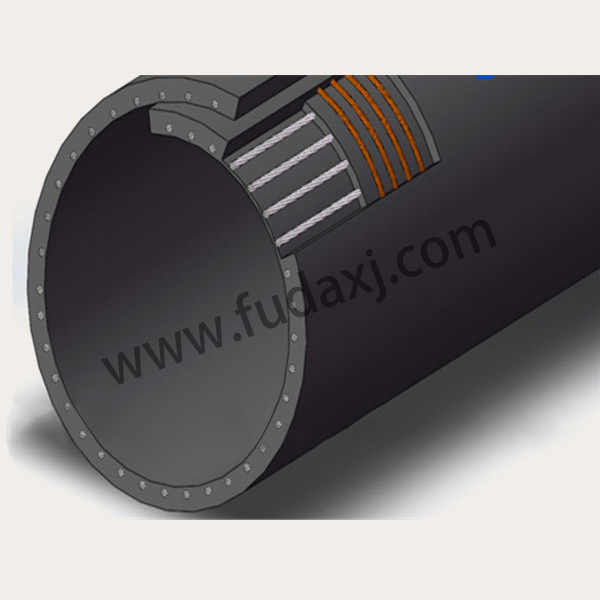
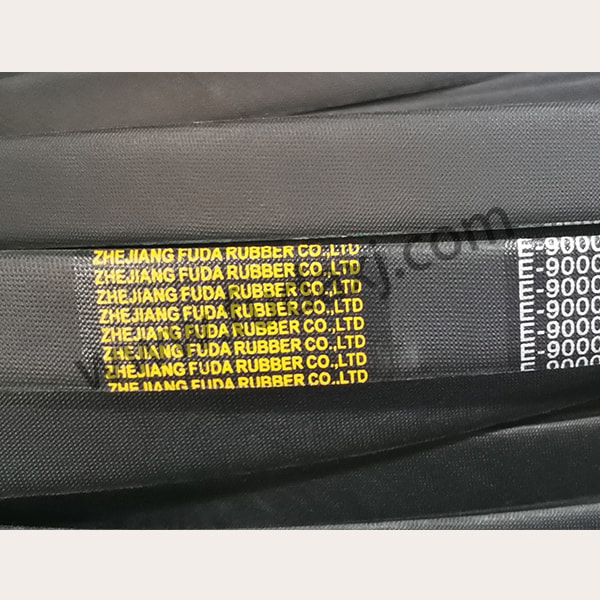
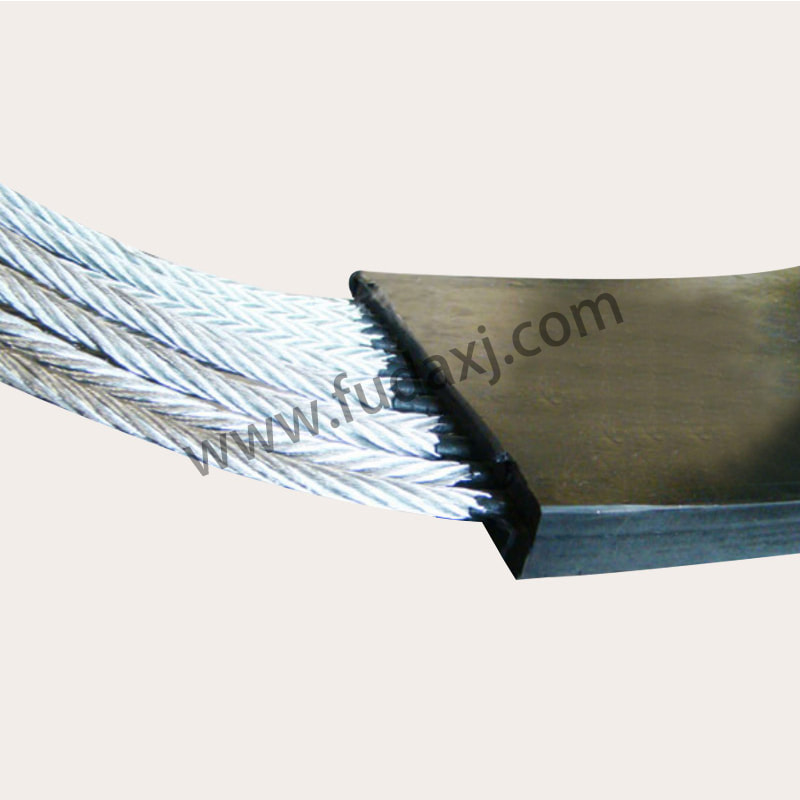

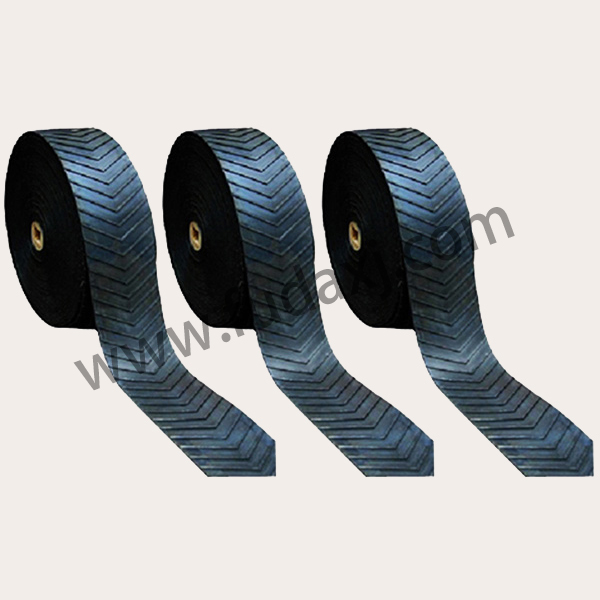
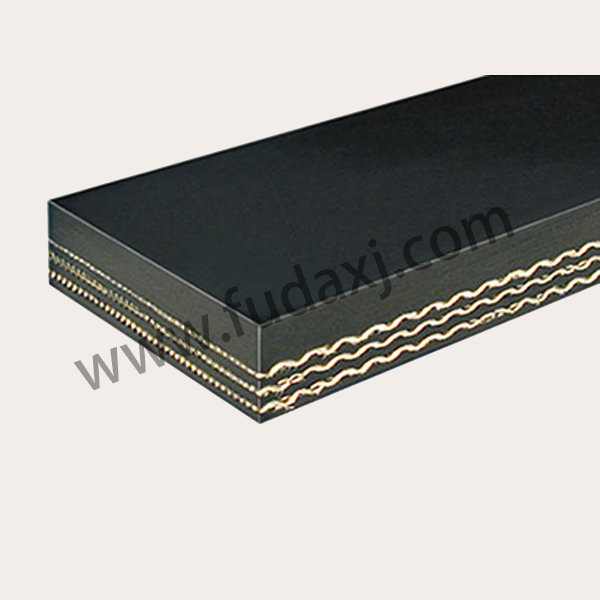
 Fax: 0086-576-83019528
Fax: 0086-576-83019528